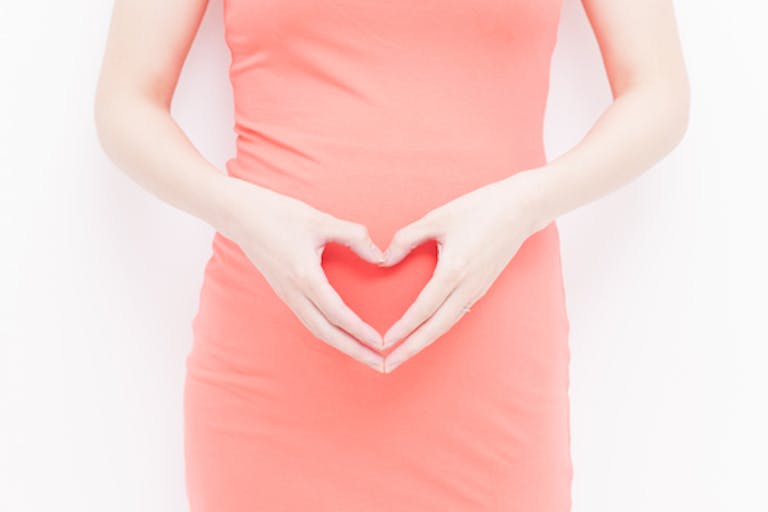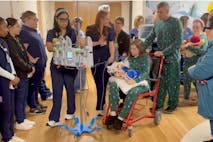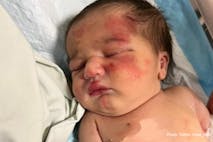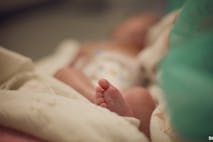
Western Australia expands IVF law to allow easier access
Angeline Tan
·
Human Interest·By Catherine Livingston, PhD
3D imaging of fetal hearts allows for accurate diagnosis and treatment
A study published less than two weeks ago shows the dynamic of life in the womb and gives hope to pregnant mothers whose preborn children may have heart problems. The study, thought to be the first of its kind, provides a new glimpse into preborn babies’ hearts, allowing for a more accurate and earlier diagnosis of heart problems as well as the development of potentially lifesaving cures.
Researchers from King’s College London (KCL) and Evelina London Children’s Hospital in the UK sought to go beyond the usual ultrasound diagnosis, which they say is subject to too much movement by the baby. In an article published in The Lancet, researchers explained that the objective of the study was to investigate the use of prenatal MRI scans with motion-corrected 3D imaging software in the diagnosis of congenital heart disease.
“When congenital heart disease is suspected in a baby before they are born, clinicians using ultrasound are not always able to diagnose all details of the condition due to the technical challenges involved with imaging the tiny, fast-moving baby,” KCL said in a release. “This is important when an abnormality involves the blood vessels around the heart.”
According to Dr. David Lloyd, an author of the study and Clinical Research Fellow at KCL, the hope is to make this standard practice for the cardiology team at Evelina London at which 150 babies are born each year with congenital heart disease.
READ: Tragic: Majority of babies in womb with treatable heart defects are aborted
Article continues below
Dear Reader,
In 2026, Live Action is heading straight where the battle is fiercest: college campuses.
We have a bold initiative to establish 100 Live Action campus chapters within the next year, and your partnership will make it a success!
Your support today will help train and equip young leaders, bring Live Action’s educational content into academic environments, host on-campus events and debates, and empower students to challenge the pro-abortion status quo with truth and compassion.
Invest in pro-life grassroots outreach and cultural formation with your TRIPLED year-end gift!
As the BBC reports, the results are phenomenal when implemented. Baby Violet-Vienna owes her life to it. This thriving baby developed what researchers described as “life-threatening abnormalities in the blood vessels around her heart” while she was still in the womb. Her mom Kirbi-Lea Pettitt was having a routine ultrasound at 20 weeks gestation when the issues were discovered. But what happened next saved the baby’s life. Violet-Vienna had two holes in her heart, and the main artery from her heart was narrowed. A series of 2D pictures of her heart were taken using an MRI machine and then sophisticated computer software pieced the images together to create a 3D image. This enabled doctors to devise a plan on how to save the baby’s life after she was born, rather than waiting until she after was born to decide how to proceed. At one-week-old, she underwent heart surgery and is now a healthy 11-month-old.
“Three dimensional MRI revolutionise the type of information we can obtain before babies are born. This impacts directly on care we provide after birth and provides new insights into structural heart defects before birth,” explained John Simpson, Professor of Pediatric and Fetal Cardiology at Evelina London.
The bottom line is that we can now see the heart moving three-dimensionally inside the womb during the first trimester. With the technology so readily available, it has become all the more easy to work to save babies’ lives.
“Like” Live Action News on Facebook for more pro-life news and commentary!
Live Action News is pro-life news and commentary from a pro-life perspective.
Contact editor@liveaction.org for questions, corrections, or if you are seeking permission to reprint any Live Action News content.
Guest Articles: To submit a guest article to Live Action News, email editor@liveaction.org with an attached Word document of 800-1000 words. Please also attach any photos relevant to your submission if applicable. If your submission is accepted for publication, you will be notified within three weeks. Guest articles are not compensated (see our Open License Agreement). Thank you for your interest in Live Action News!

Angeline Tan
·
Human Interest
Bridget Sielicki
·
Human Interest
Melissa Manion
·
Human Interest
Nancy Flanders
·
Human Interest
Bridget Sielicki
·
Human Interest
Sheena Rodriguez
·
Human Interest
Catherine Livingston, PhD
·
International
Catherine Livingston, PhD
·
Newsbreak
Catherine Livingston, PhD
·
Human Interest
Catherine Livingston, PhD
·
Human Interest
Catherine Livingston, PhD
·